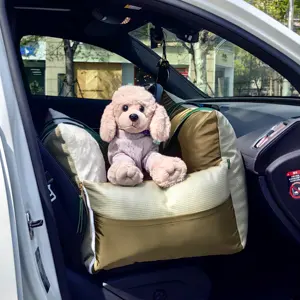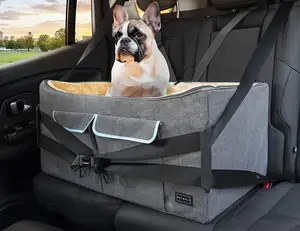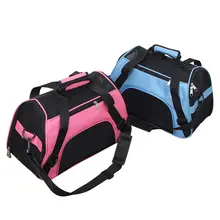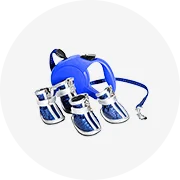Dog car seats are seats or a kind of restraint specially designed to secure and protect dogs while traveling in a vehicle. These seats have many functions, besides ensuring the safety of dogs, also including preventing dogs' distractions for the driver and providing a comfortable space for dogs during the journey.
Types of dog car seats
Booster seats are elevated, providing a raised platform for the dogs to sit on. They are usually equipped with a harness or attachment to secure the dog in place. Booster seats are more often dog car seats for small dogs and help them conveniently see out of the window. Hammock-style seats cover the back seat and have a structure like a hammock. They prevent the dog from falling into the footwell and protect the seats from dirt and fur which may be brought by the dogs. Some designs include a restraint system to secure the dog.
Bucket seats are similar to booster seats, which provide an enclosed space for the dog to sit. They are often designed to have a safety harness or attachment to keep the dogs secure. Seat belt harnesses can be attached to the car's seat belt system. They can restrain the dog in place and prevent them from moving around the car. Seat belt harnesses are suitable for dogs of various sizes. There are also dog car seats for large dogs and medium dogs, which are specially designed with comfortable spaces for those dogs with specific sizes.
Tips on using dog car seats
Select a car seat that is appropriate for the size and weight of the dog. For example, choose dog car seats for medium dogs for those with average sizes. Consider the type and color of dog car seat that suit the dog's preferences. Some dogs may prefer booster seats, while some dogs may prefer pink dog car seats. Follow the manufacturer's instructions carefully when installing the dog car seats. Make sure it is securely and tightly attached to the seat and that all straps and attachments are properly fastened. If the dog car seat doesn't have an attached harness, use a separate dog harness or restraint system that is attached to the seat belt. This helps prevent the dog from moving around the car during the journey.
Place the dog in the dog car seats in a positive way. If the dog is not used to the dog car seat, introduce it gradually. Start with short trips and gradually increase the duration time as the dog becomes more comfortable and reward its calm behavior. For example, reward the dog with treats after finishing the journey. Ensure good air ventilation in the dog car seat area and avoid leaving the dog alone in the dog car seat for a long time, especially in hot weather.































 浙公网安备 33010002000092号
浙公网安备 33010002000092号 浙B2-20120091-4
浙B2-20120091-4